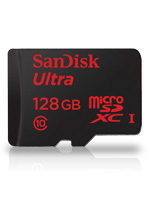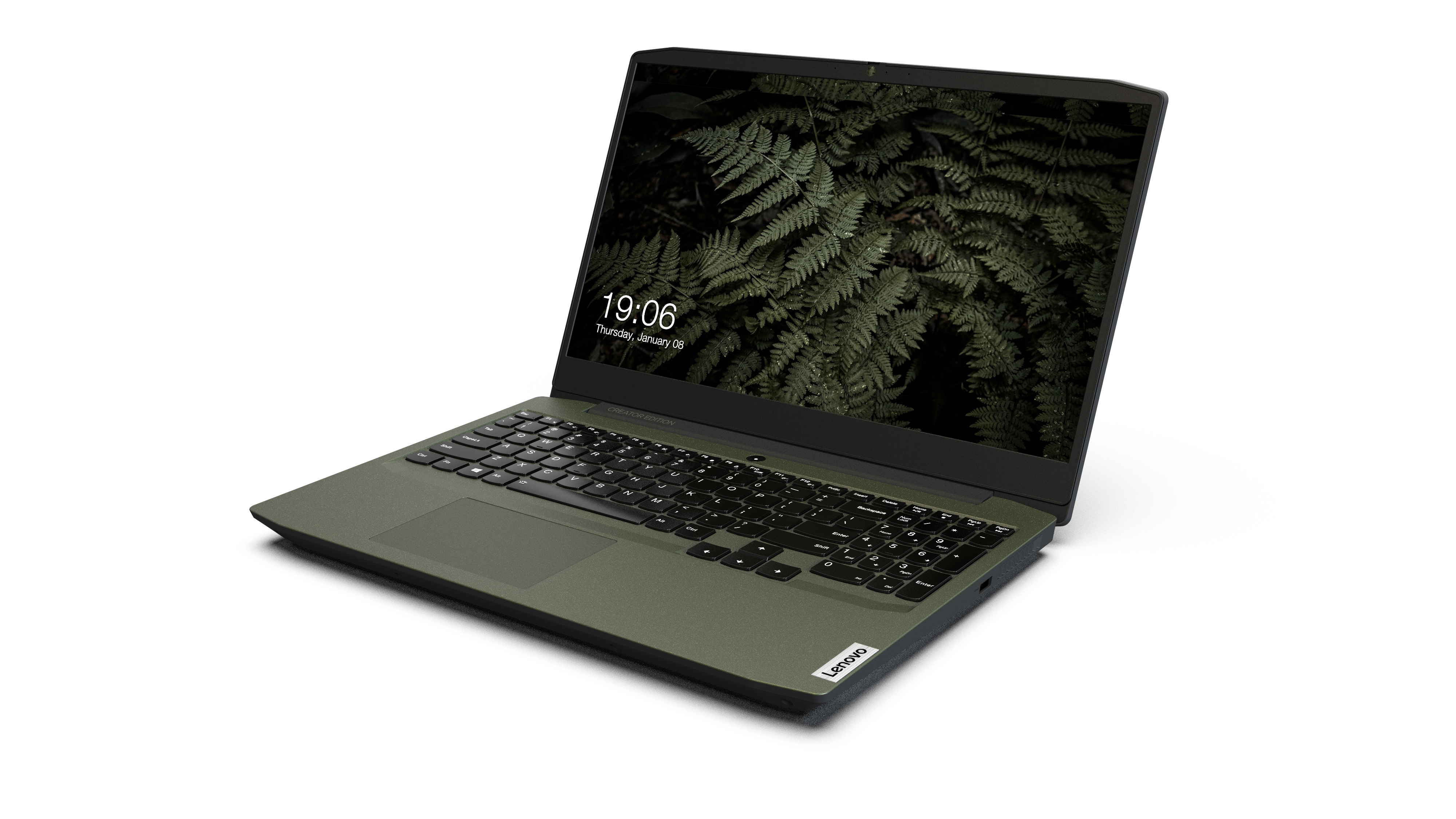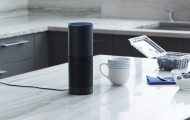O2’s Joggler, formerly OpenFrame, launches in UK this April
Over the past few months, a new device category has started to emerge in the form of the Mobile Internet Device. It would have the functionality of one of today’s smartphones except for cellular voice and data communications.
The device would link to a home or other network using 802.11g or 802.11n WPA2 wireless or use a Bluetooth-connected mobile phone as its modem when it wants to benefit from the Internet. They will work as a media player, a games machine or an Internet-based information device. Some of these devices may benefit from extra software being downloaded on to them through a Web portal set up by their manufacturer or supplier. The primary user interface on all of these devices is a touch screen, but they may have extra keys for access to regular functions. They would mainly use a standard or micro SD card and / or built-in flash memory as their user storage and have their software loaded on other flash memory.
Interestingly, Clarion, one of the most respected car-audio brands, had developed the ClarionMIND which is a combination of a portable navigation device and a mobile Internet device. This gadget provides in-car and on-foot satellite navigation as well as Internet information access and media playback. If it is installed in a matching dock, the unit works like a high-end portable navigation device, passes its audio through the car stereo system and matches its display to “day” or “night” mode according to how you operate the car’s headlight switch.
The iPod Touch was one such device that predicted this device-category trend. It had the ability to play or show media held within it and was able to benefit from a wireless home network by being able to browse the web or add on software through the iTunes App Store.
But could they make the smartphone or connected electronic picture frame / portable navigation device / portable media player redundant? Not really. I would see them as a companion device for all mobile phones and a device which can perform functions complementary to these other devices.
For example, a mobile Internet device could become a DLNA Digital Media Controller / UPnP AV Control point for the DLNA Home Media Network. Similarly, they could perform other control functions that are becoming part of networked home automation. As well, they could be seen as an alternative to handheld games consoles by being able to download games from the Web portal. Other applications would include Web activities where very little text entry needs to be done such as monitoring information pages.
It would be certainly interesting to see how the new Mobile Internet Devices fit in to the personal computing ecosystem as they start to appear on the market.




Welcome to the professional tech reviews site.The motive
of this site (www.protechreviews.com) is to provide you
with the latest happenings prevailing all around the
world in the world of technology.I myself have been in
this field for more than 15 years and want to make
people feel the POWER of technology.
I never use ipod, I interested in Apple iPod touch 8 GB (2nd Generation) LATEST MODEL